50+ Sample Leave Plan
-
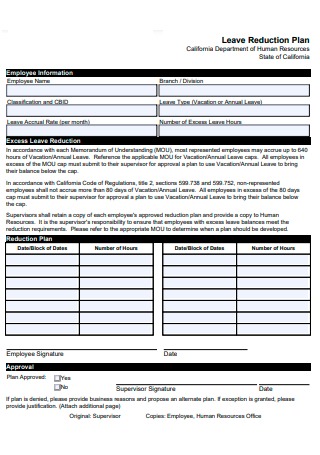
Leave Reduction Plan
download now -
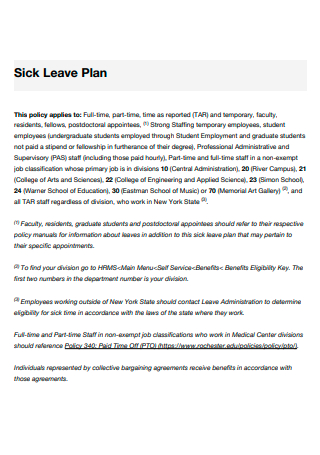
Sick Leave Plan
download now -
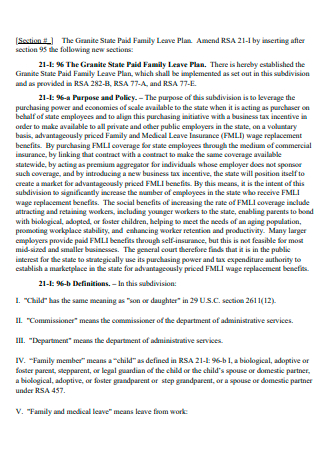
Family Leave Plan
download now -
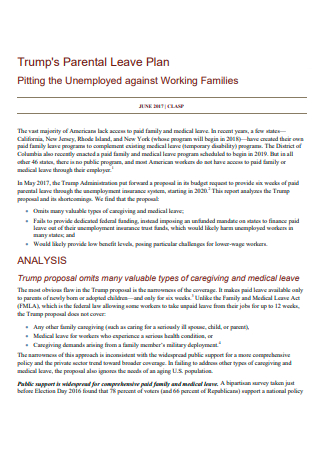
Parental Leave Plan
download now -
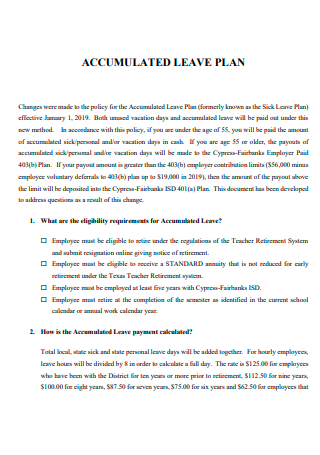
Accumulated Leave Plan
download now -
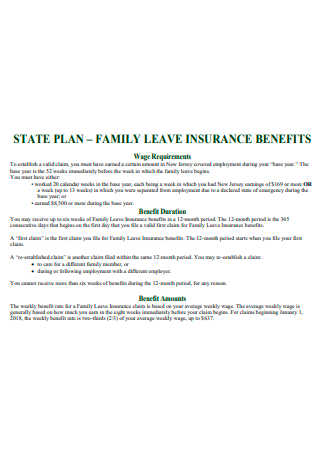
Family Leave Insurance Benefits Plan
download now -

Leave Plan Window
download now -
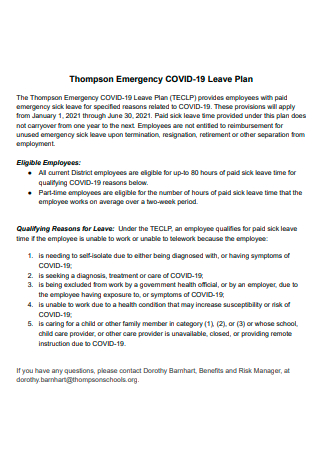
Emergency COVID-19 Leave Plan
download now -
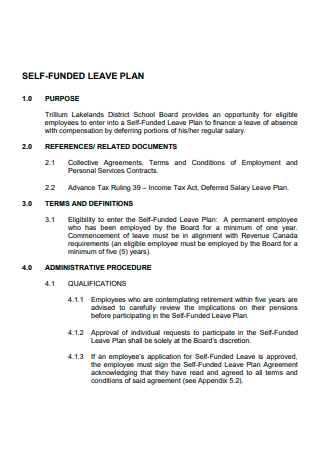
Self-Funded Leave Plan
download now -
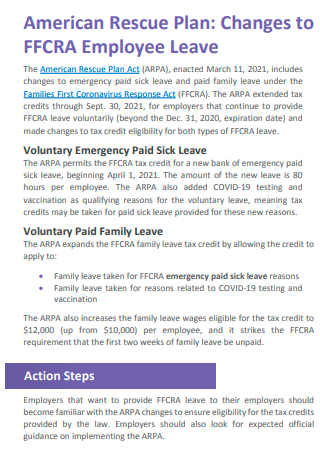
Employee Leave Plan
download now -
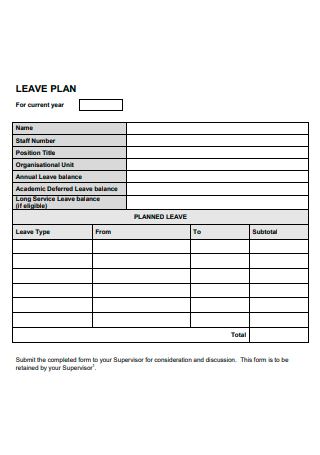
Leave Plan Format
download now -
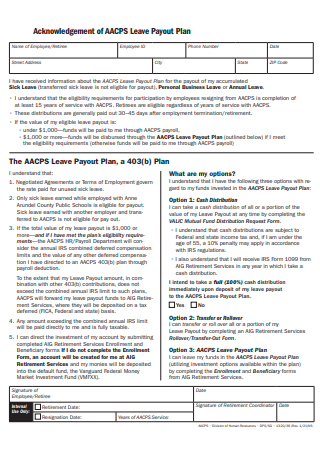
Leave Payout Plan
download now -
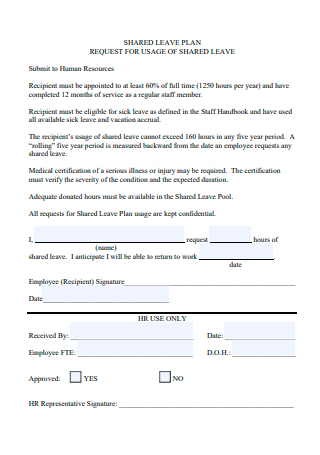
Shared Leave Plan
download now -
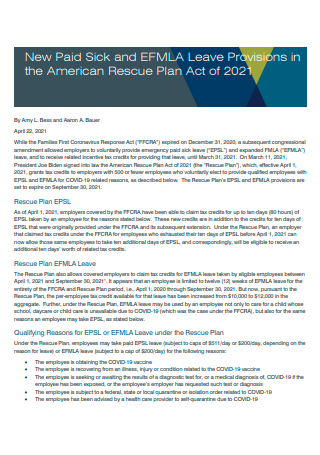
Leave Provisions Plan
download now -
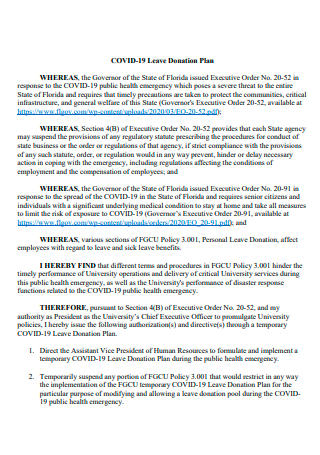
COVID-19 Leave Donation Plan
download now -
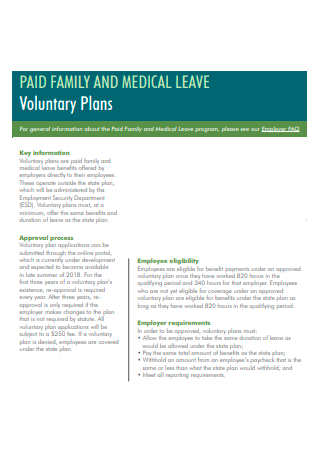
Paid Family and Medical Leave Voluntary Plan
download now -
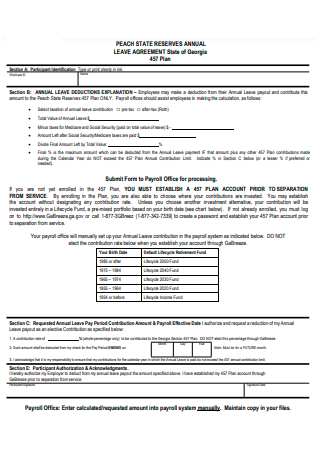
Leave Agreement Plan
download now -
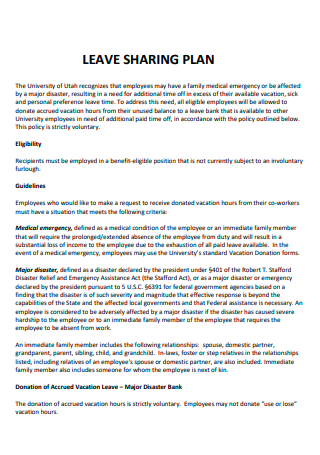
Leave Sharing Plan
download now -
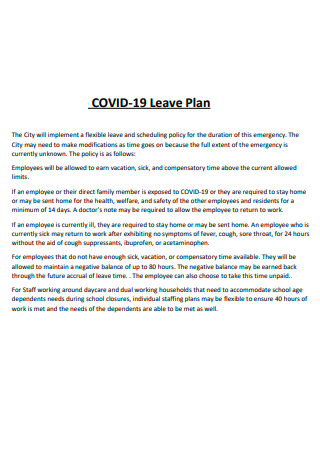
COVID-19 Leave Plan
download now -

Disability Sick Leave Plan For Employees
download now -
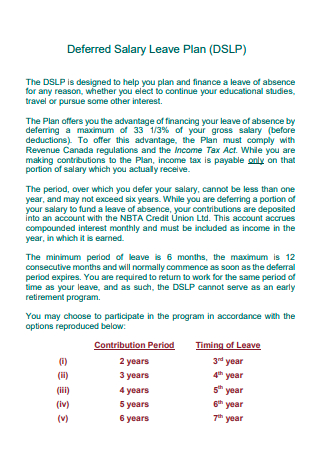
Deferred Salary Leave Plan
download now -
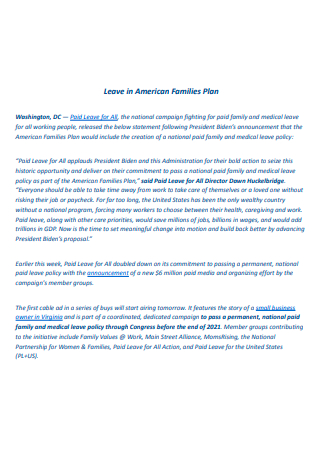
Leave in Families Plan
download now -
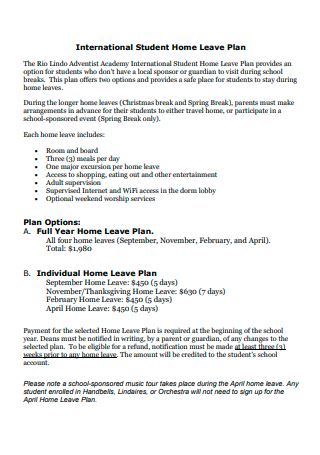
International Student Home Leave Plan
download now -
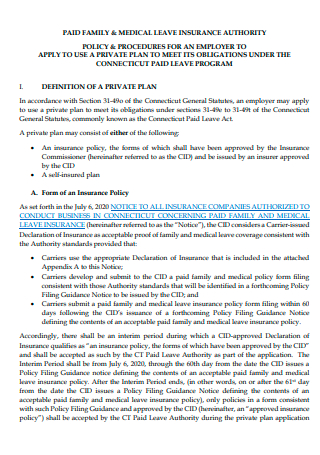
Leave Insurance Authority Plan
download now -
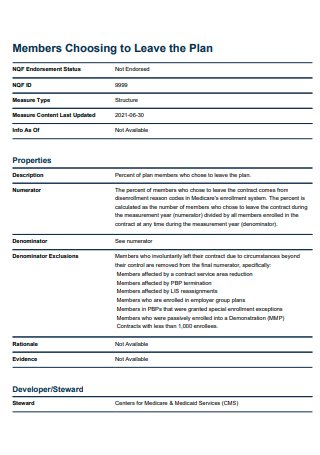
Members Choosing to Leave the Plan
download now -
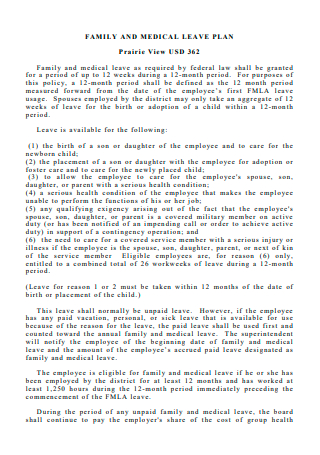
Family and Medical Leave Plan
download now -
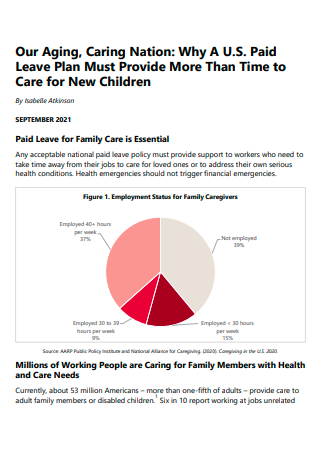
Leave Plan Example
download now -
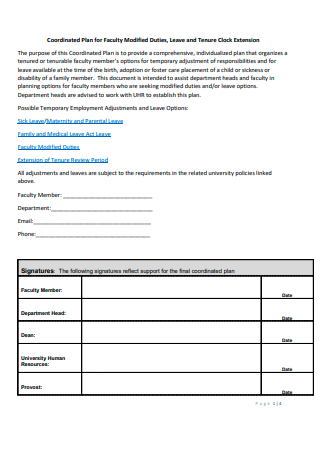
Coordinated Leave Plan For Faculty
download now -
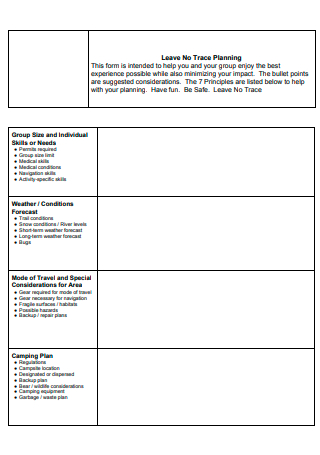
Leave No Trace Planning
download now -
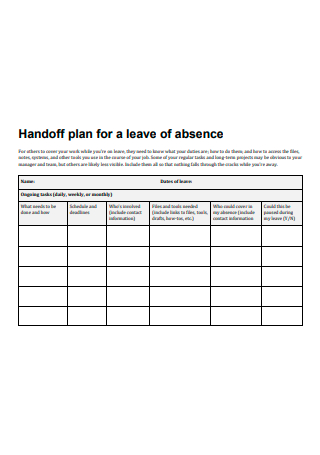
Leave of Absence Handoff Plan
download now -
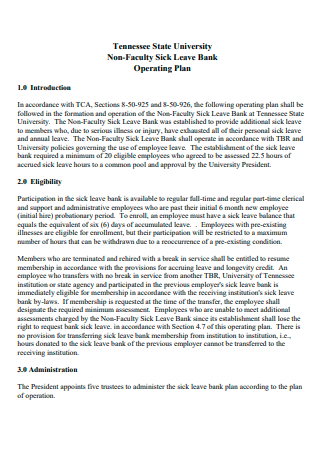
Non-Faculty Sick Leave Operating Plan
download now -
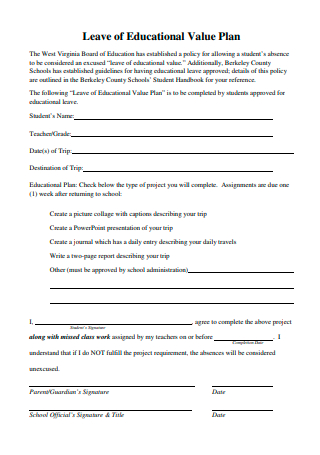
Leave of Educational Value Plan
download now -
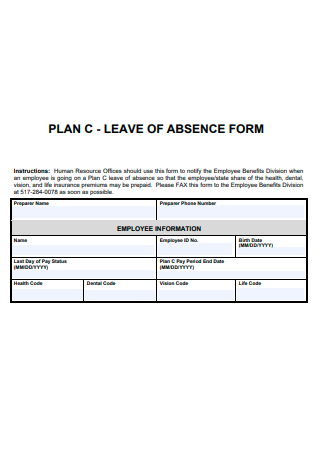
Leave of Absence Form Plan
download now -
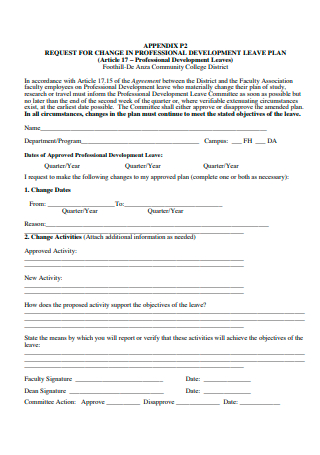
Professional Development Leave Plan
download now -
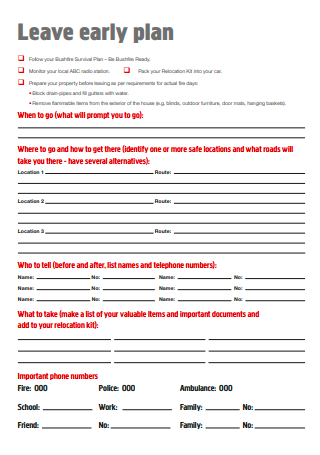
Leave Early Plan
download now -
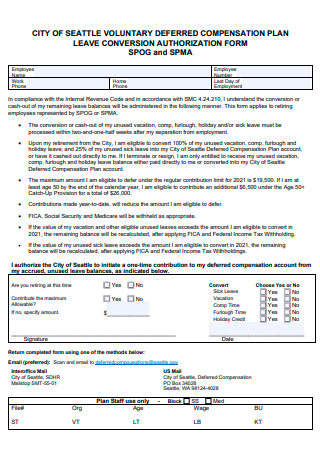
Formal Leave Plan
download now -
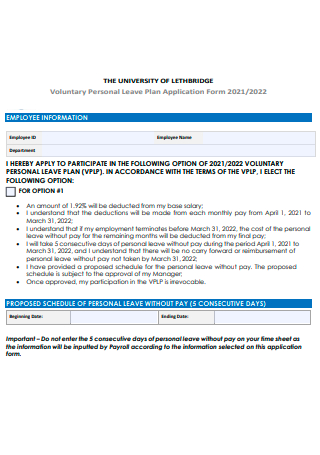
Voluntary Personal Leave Plan Application Form
download now -
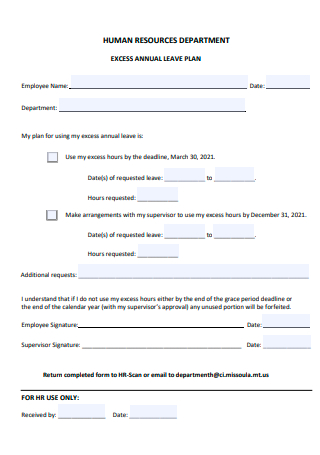
Excess Annual Leave Plan
download now -

Disability Leave Summary Plan
download now -
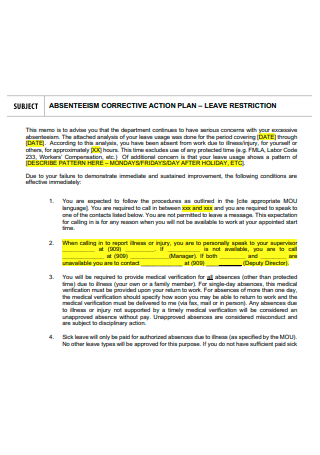
Leave Restriction Absenteeism Corrective Action Plan
download now -
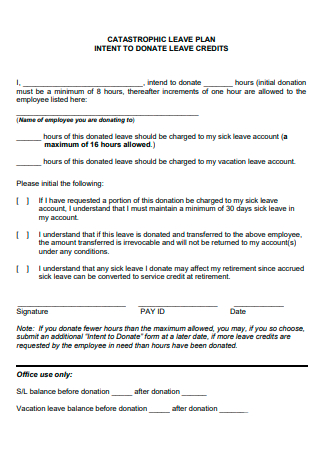
Leave Credits Plan
download now -

Leave Notice Plan
download now -
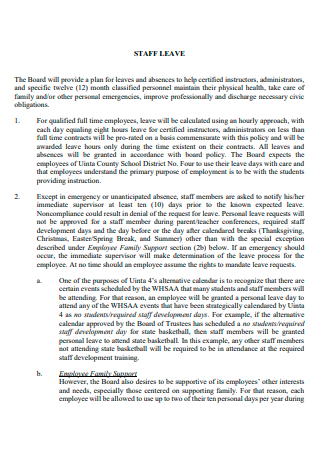
Staff Leave Plan
download now -
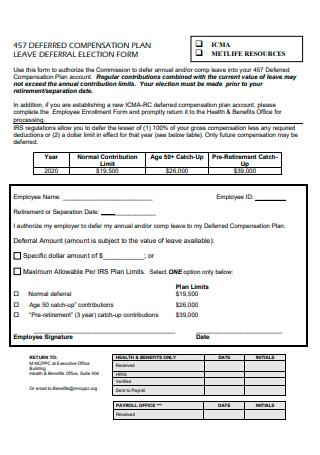
Leave Deferred Compensation Plan
download now -
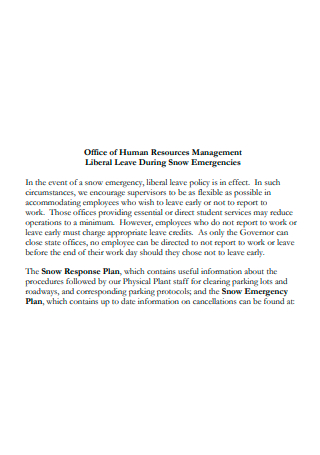
Liberal Leave During Snow Plan
download now -
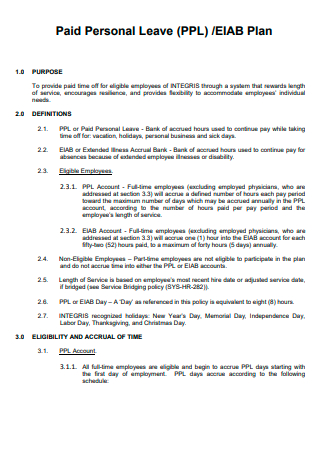
Paid Personal Leave Plan
download now -
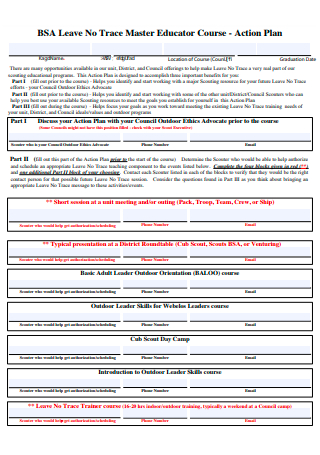
Leave No Trace Action Plan
download now -
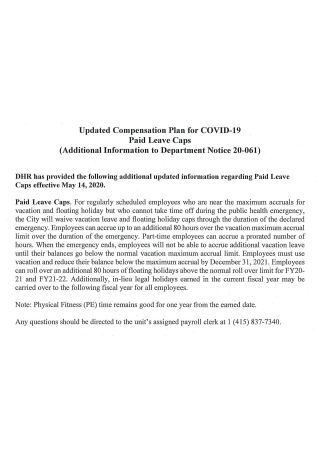
Paid Leave Compensation Plan
download now -
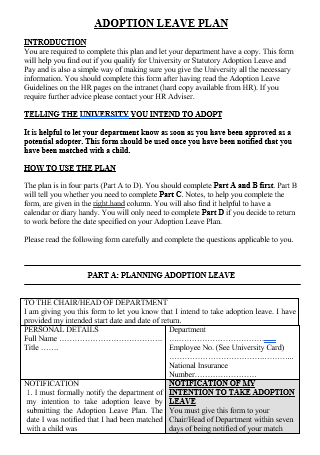
Adoption Leave Plan
download now -

Employees Adoption Leave Plan
download now -
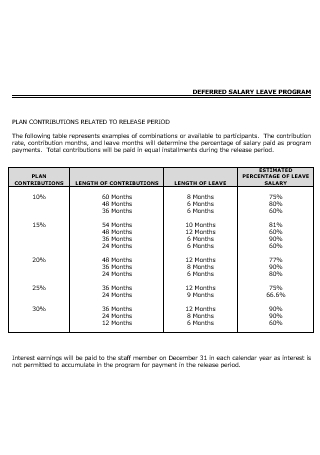
Deferred Salary Leave Program Plan
download now
What Is a Leave Plan?
A leave plan is a collection of leave categories, such as sick leave and casual leave, along with their associated settings. If your employees all have the same number of paid, sick, and vacation days, you can design a single leave plan and make it the default. If your firm has distinct leave rules for specific employee categories, you may choose to construct numerous leave plans. Each employee’s profile can contain up to one leave plan. According to statistics, 75% of workers engaged in defined benefit plans and 18% in defined contribution plans. Long-term disability benefits were accessible to 39% of workers and were utilized at a rate of 97%.
Benefits of Taking a Leave
Sadly, we cannot take a vacation whenever we want. However, an occasional day off from work can be beneficial. Consider the last time you took a mental health day: when was the last time you took one? According to a CNBC.com report, Americans take only 77% of their paid time off, and vacation leaves are at their lowest level in four decades. As a result, I’m guessing you haven’t had any “me time” in quite some time. Therefore, take a few days off for the sake of God. Also, if you require additional convincing, consider the following reasons to assume that much-needed vacation finally.
Types of Leaves in a Company
You cannot evade it. At times, life gets in the way. Whether you’ve recently delivered a baby, a close relative has died, you’ve been asked to serve on a jury, or for any number of other reasons, the likelihood is that you or an employee will require time off at some point. What are the qualifying life events for leave? How can you, as a manager, cope with a departing employee? The following is a summary of all the major points.
1. Bereavement
This form of leave is taken when an employee’s close relative dies. Numerous employers have policies governing which family members are eligible for bereavement leave. Sabbatical leaves may be paid or unpaid. Sabbatical leave is a sort of leave that enables an employee to take a longer break. Some employers provide paid sabbatical periods, some provide half-pay, while yet others offer unpaid sabbatical leaves. This form of leave is not mandated by law and is granted at the employer’s discretion.
2. Vacation Leave
Except for casual workers, all employees are entitled to four weeks of vacation every year. Certain shift workers are entitled to a five-week leave period. In certain companies, employees forego a portion of their pay in exchange for extended vacations or unpaid leave. Vacation time is not required to be used during 12 months; it just accumulates. Part-time employees are entitled to a proportionate amount of this annual benefit based on their hours worked. Paid yearly can be taken at a time that you and your employee agree upon. On the other hand, employers cannot arbitrarily deny an employee’s request for paid vacation leave. Additionally, it is critical to notice what the applicable award or agreement states concerning vacation leave, as it may contain additional requirements that must be followed.
3. Parental Leave
After 12 months of work, all employees are eligible for unpaid parental and paternity leave. Employees may also be entitled to paid parental leave in addition to unpaid leave. However, the government normally covers this unless an individual’s company offers a better parental leave plan or the parent is ineligible for the government plan. Because the government plan is subject to change, you should check the most recent version to determine if it applies to you.
4. Maternity Leave
Maternity leave is a critical time for new mothers, from caring for the newborn to recovering from the delivery. Ascertain that your policy includes this form of leave to allow employees to focus on their infant without worrying about their work. Maternity leave is granted to new mothers for a period ranging from seven to seventeen weeks, depending on the country in which the organization is headquartered. In an ideal world, 14 weeks would be sufficient time to allow the mother to care for their infant for the first three months. Additionally, it would help if you would be willing to provide additional leave days in the event of postnatal difficulties.
5. Long leave of absence
State and territorial regulations primarily govern long-term leave. It is often available after ten years of continuous work, cannot be paid out (unless in the event of termination of service), and is typically paid at the employee’s regular wage.
6. Public Holiday
Public holidays are days that the government designates as leave. Schools, banks, government offices, and even private businesses — must respect these holidays. Independence Day, Memorial Day, Labor Day, bank holidays, and any other nationally recognized day, such as the death of a famous country leader, are considered public holidays. Include these leaves in your leave policy by researching the holidays mandated by your country’s government.
How To Ask For a Leave of Absence
While you may be compensated during your leave, most periods of absence are unpaid. If you are reimbursed, you may still be required to pay for additional benefits such as dentistry or life insurance throughout your absence. If you find yourself in the state of having to request an employee leave of absence, the following measures will ensure your success.
Step 1: Become acquainted with the Leave of Absence Policy.
Aside from state-mandated paid leave programs and rules, most businesses vary in what they provide employees regarding a leave of absence. However, you have rights, and you must understand them. Employers must offer you time off for mandated leaves such as FMLA, ADA, or active duty, as required by law. However, due to the many different rules and procedures across the country, determining whether or not you are an eligible employee can be difficult. It’s also crucial to think about what can happen to your salary and other perks. How many days will you be without pay? Is it possible to accept it on the condition that it be an unpaid leave of absence? Before speaking with your supervisor and human resources, you should have the answers to these questions.
Step 2: Provide enough time.
You never want to surprise someone with terrible news, not that requesting leave is necessarily bad news. However, it is critical to allow your employer sufficient time to plan. If you must take time off work, they will need to find someone to cover those duties in the interim. This is true for any leave. However, there is more leeway with sick leave or medical leave of absence.
Step 3: Consult your Direct Supervisor and HR.
You do not want to surprise your supervisor. Therefore you should keep them informed throughout the process. However, human resources may assist in answering any issues or clarifying company-specific work policies regarding what qualifies as an eligible employee. It would improve if you made every effort to have these questions answered. Still, once you’ve spoken with your direct supervisor, it’s time to include HR to maintain the employer-employee relationship.
Step 4: Make a note of it.
As with any other legally binding document, it is critical to have a written copy of your leave of absence form. This should include the commencement and termination dates. However, before you get to the contract section, it may be beneficial to write out your explanation and define your request to simplify the conversation.
Step 5: Meet in person.
While this is not a resignation, it can feel that way at times, both for the employee and the company. This is why it is critical to communicate in person. It will alleviate tensions and foster an atmosphere of open discussion. Take the time to express your reasoning and ensure that you adhere to your company’s leave of absence policy. Also, you may be able to reach a different conclusion by taking a partial absence or working from home if your request permits.
Step 6: Set an end date.
This is critical for you as well as your employee’s supervisor. By specifying an end date, you communicate to your employer that you do intend to return. This may also increase the likelihood of the request being accepted. Additionally, having a job to return to can instill greater confidence and stability in your decision.
FAQs
What is the definition of a leave schedule?
A reduced leave schedule reduces an employee’s typical number of the workweek or weekday hours. A reduced leave schedule is a temporary adjustment in an employee’s schedule, typically from full-time to part-time.
What is a year of complete leave?
Leave is distributed over a period referred to as a ‘leave year,’ which can be defined in various ways: The leave year may commence on any fixed date specified in your employment contract. April to March and January to December are the most prevalent leave years.
What is the purpose of a leave of absence?
In other words, leave is a plan that allows an employee to miss work for legitimate reasons with the permission of their reporting manager. Genuine reasons could include routine but critical personal work, scheduled activity, a health constraint, or an emergency.
Many people do not even enjoy their leaves, all in the name of engaging in materially desirable but mentally taxing tasks. When asked when the last time they took sufficient time off, the majority of respondents either say “never” or “I can’t recall.” This is why many people suffer from burnout or begin to suffer physically, emotionally, and professionally in the workplace. Allow this not to happen to you. Take some time off to unwind and re-energize. It is critical.
